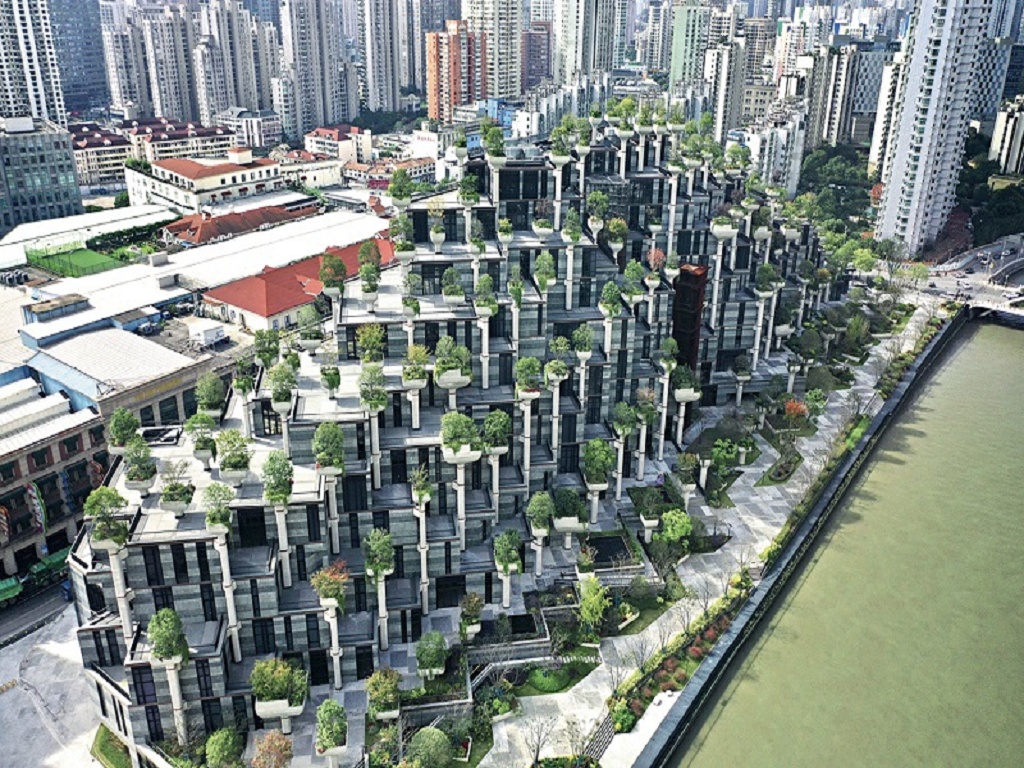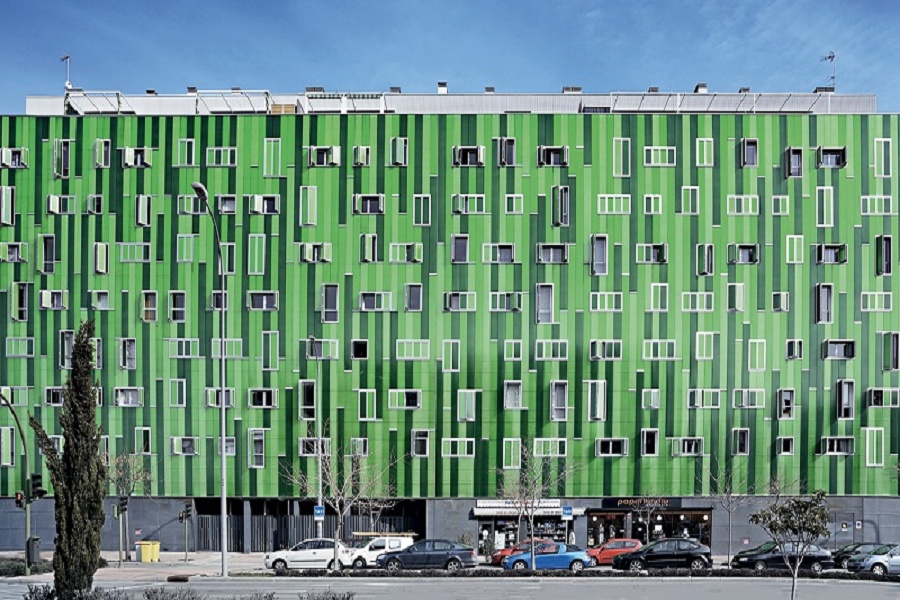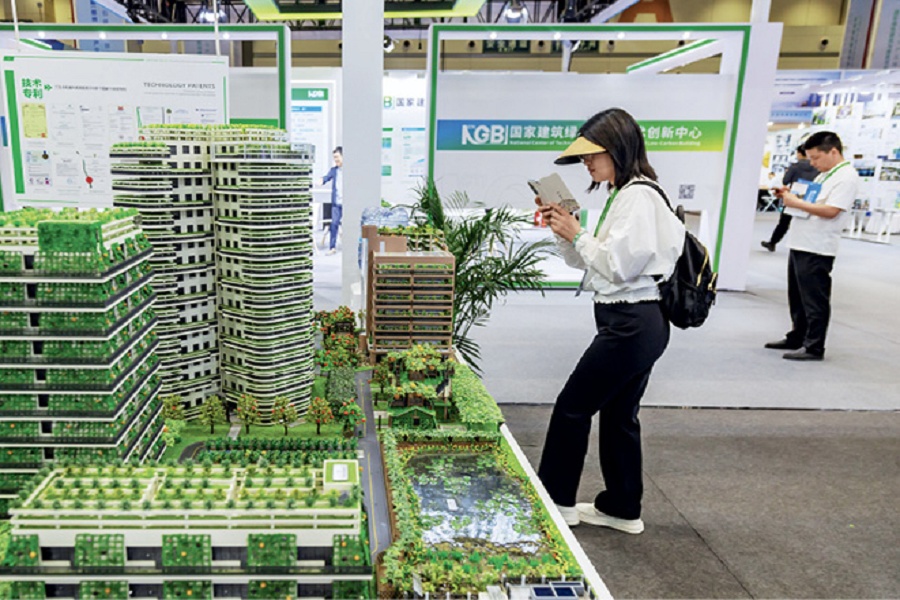Visions of the 21st Century City: Nature Integrated into Urban Design

How do you envision the ideal 21st century city? This is a question that invites you, the reader, to give full rein to your imaginings of a city that embodies all you ever dreamed of as a place to live. Currently, more than half of the world's population lives in cities, many of them vast metropolises. The development model that modern society deems to be the basis of progress is that of “steady growth” – a philosophy of unlimited expansion that propels today’s insatiable consumption of resources and scale of human settlements. The urban development of contemporary megacities sprawls unboundedly across their chosen territory, so distancing themselves from nature and engendering a profound division between natural and urban ecosystems. Citizens have become accustomed to an environment of concrete, brick, and asphalt to the extent of accepting these harsh settings, which indeed constitute their habitat, as a normal backdrop for their daily activities. UN projections show that the global population will continue to grow in the coming decades; and consequently megacities will proliferate and further fracture their dysfunctional relationship with nature due to distancing humans from the natural ecosystem to which they belong.
Since ancient times, Chinese culture has upheld the idea of living in harmony with nature. The Chinese word for landscape (风景, fengjing) first emerged in ancient times, long before it appeared in many other cultures. Conveying the need for a harmonious and balanced encounter between humans and nature, the concept is reflected in such artistic expressions as poetry and painting, as well as in architecture and the splendid gardens of the Chinese tradition. Owing to exponential growth proceeding from rationalistic thinking and the Industrial Revolution, however, humanity, along with the new social model, has become even more separated from the nature to which it belongs.

In this era of urban expansion and rapid growth of densely populated cities, therefore, it is crucial to ask ourselves how urban models may be improved, so as to create cities that both fulfill their essential functions and enhance the lives of citizens on both the physical and emotional levels. Although contemporary urban planning cannot ignore the essential issues of water supply, clean energy provision, sustainable and comfortable mobility, waste management and recycling, as well as air quality and public health, among others, there are other vital aspects to be considered in the concerted effort to reconnect with nature.
The current resource-exhausted urban models, which insist on “paving” the planet, need instead to incorporate new ideas that make urban space more environment-friendly. The compact city, which shuns the predatory extension of its encompassing territory and consequent loss of its indigenous plant species, instead including nature as an essential element of urban organization, is a concept that should preside over future planning alternatives.
Introducing nature into the urban and territorial planning system for sustainable development means taking into account certain plant species and the benefits they bring us. This means also taking into account water and its cycle, the surrounding territory and its landscape and natural value, and ultimately changing the mindset whereby nature is considered as no more than something to be extracted for purposes of consumption, utilization, and depredation.
Rebalancing the built and the natural environment entails considering the entire range of green spaces – from the most extensive and encompassing, to that most confined within the city limits – as essential to the urban fabric. The former includes surrounding rural and agricultural territory, forests, parks and peri-urban green corridors, and large green infrastructures. The latter, meanwhile, include nature reserves and parks within the city, urban orchards and cultivable areas, and gardens, among others. However, the average city of today seldom has sufficient space to incorporate nature. This is why other alternatives have appeared during recent years, which use nature-based solutions to cultivate the green surfaces of buildings and infrastructures, be they façades, walls or roofs, thus giving rise to new types of roof gardens, green façades, and vertical gardens.

Among such innovations that regard the architectural “envelope” as a versatile surface, we would mention one under development in the city of Alcorcón, in the metropolitan area of Madrid (Spain). It entails cultivating micro algae on architecture that features a new type of green façade. As the basis of all life on our planet, algae present an alternative in regard to the future of humanity. Cultivated on architecture, microalgae are known as carbon mitigators due to their high capacity of CO2 sequestration by uptaking 1.8 kg of CO2 per kg of biomass, hence contributing significantly to substituting the paradigm of the city as a consumer for that of a producer of bio-energy.
There is one more way we would mention of approaching nature through architecture. Concern for environmental problems – such as the lack of energy that results in excessive consumption of natural resources – motivates us to investigate other paths. We are driven by the conviction that it is possible to locate a better architectural response based on the wisdom of the natural forms existent on our planet. These are beautiful but at the same time highly efficient in consuming minimal resources to fulfil their vital function.
This approach embodies the dual vision of serving as both a source of aesthetic inspiration and a functional and ecological strategy. For example, the geometric patterns found in nature, such as seashells, tree branches, and flower configurations, offer not only structural and energetic efficiency, but also harmony and beauty that can be translated into architectural design. Nature-inspired designs facilitate the harmonious integration of buildings into their surroundings, thus fostering positive interaction between architecture and the environment. The Fourth Industrial Revolution, characterized by the fusion of technologies in different spheres, witnessed the surpassing of traditional rationalistic forms. It hence signals a new era wherein sustainability-driven architecture derived from nature will significantly reduce buildings’ ecological footprint. 
ROSA CERVERA, president of Catedra China, a Spanish association dedicated to promoting greater understanding between China and the West, is a renowned Spanish architect.